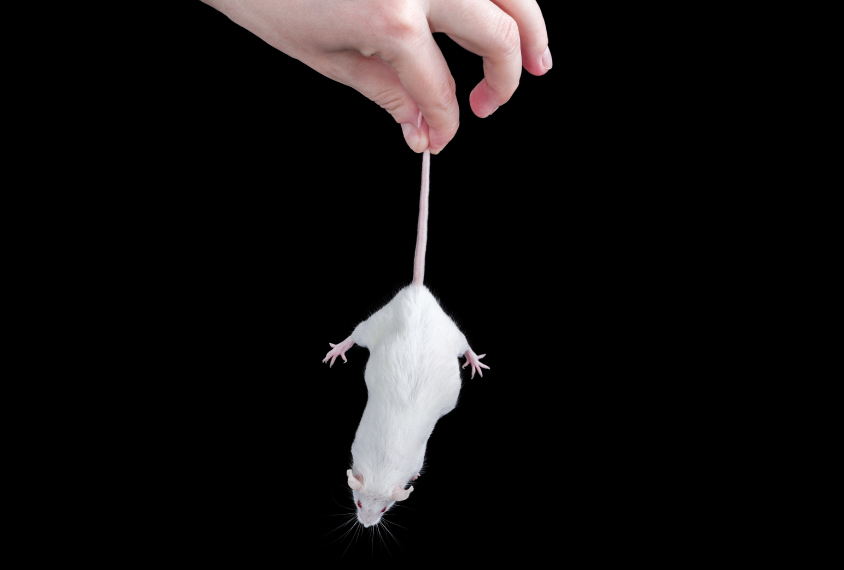
©iStock.com/GrashAlex
THIS ARTICLE IS MORE THAN FIVE YEARS OLD
This article is more than five years old. Autism research — and science in general — is constantly evolving, so older articles may contain information or theories that have been reevaluated since their original publication date.
Researchers have established a battery of robust tests to screen treatments for Rett syndrome, they reported yesterday at the 2015 Society for Neuroscience annual meeting in Chicago.
Rett syndrome results from mutations in the MeCP2 gene and is one of the most common causes of autism. The condition is usually fatal in boys. Girls with Rett seem to develop normally for about 18 months, but then rapidly acquire difficulties with speech, breathing problems, intellectual disability and, often, autism.
Deleting a copy of the MeCP2 gene in mice or rats recapitulates many features of the syndrome. Male rodents have severe symptoms and usually die by 12 weeks of age, but females have a normal life span.
Researchers at the New York-based company PsychoGenics set out to compare mouse and rat models of Rett syndrome with control rodents on a variety of tests of motor skills and brain function. They assessed male and female mice, as well as female rats, all between 4 and 26 weeks of age.
“We wanted to find the most appropriate tests and the most appropriate testing time points so that we could use them for screening compounds, many of which have already been [on the market], says Patricia Kabitzke, senior scientist at the company, who presented the findings. Having reliable and reproducible assays is crucial for efficient drug screening, she says.
Behavior battery:
All of the Rett models show abnormal gait, as assessed by an automated system called NeuroCube1. At each time point tested, the rodents take more steps, have shorter strides and show altered posture compared with controls.
They also do not hang on as strongly as controls do onto a mesh screen as it slides beneath their paws, indicating that they have a weaker grip. Male mutant mice show this feature as early as 4.5 weeks of age and both female mice and rats at 8 weeks.
The male and female mutant mice do not startle as strongly as controls do in response to a loud and unexpected sound. The researchers have not yet tested rats in this assay.
The remaining assessments have so far been performed only on female mice. At 15 weeks of age, the mutants show irregular breathing patterns: They breathe in more deeply, exhale for longer and hold their breath longer and more often than controls do. Between 8 and 12 weeks of age, they are quicker to fall off of a rotating rod, indicating impaired motor coordination.
By 12 weeks of age, they clasp their hind paws together when held in the air by the tail, a behavior reminiscent of the repetitive behaviors seen in girls with Rett syndrome. They also have an impaired optokinetic reflex, meaning they are less likely to move their heads involuntarily when viewing a rotating series of vertical stripes.
Screen time:
In addition to these abnormal behaviors, female mice and rats that model Rett syndrome have reduced levels of brain-derived neurotrophic factor, a potential biomarker for the disorder.
“It’s so great to have a model that is showing behavioral deficits and also showing a biomarker,” Kabitzke says.
Based on these results, the researchers have begun testing candidate drugs for Rett syndrome in 8- and 12-week-old female mice. They have also completed a comprehensive battery of behavioral tests in five mouse models of autism, and plan to screen treatments in them2.
“The goal of this project is to get compounds through a screen to see which ones are going to have beneficial results,” Kabitzke says. “If something looks promising, they can put it in the clinic really quickly.”
For more reports from the 2015 Society for Neuroscience annual meeting, please click here.
By joining the discussion, you agree to our privacy policy.